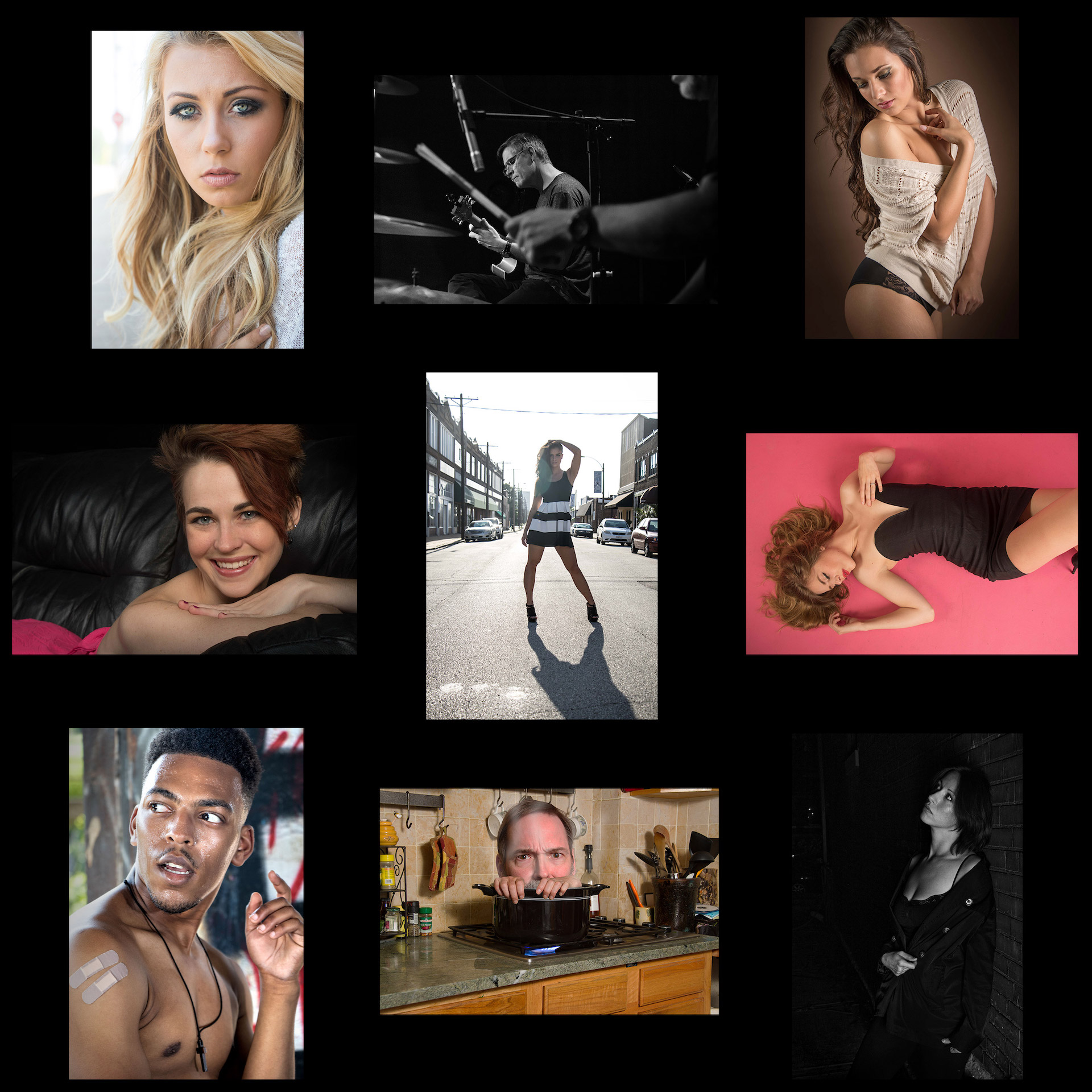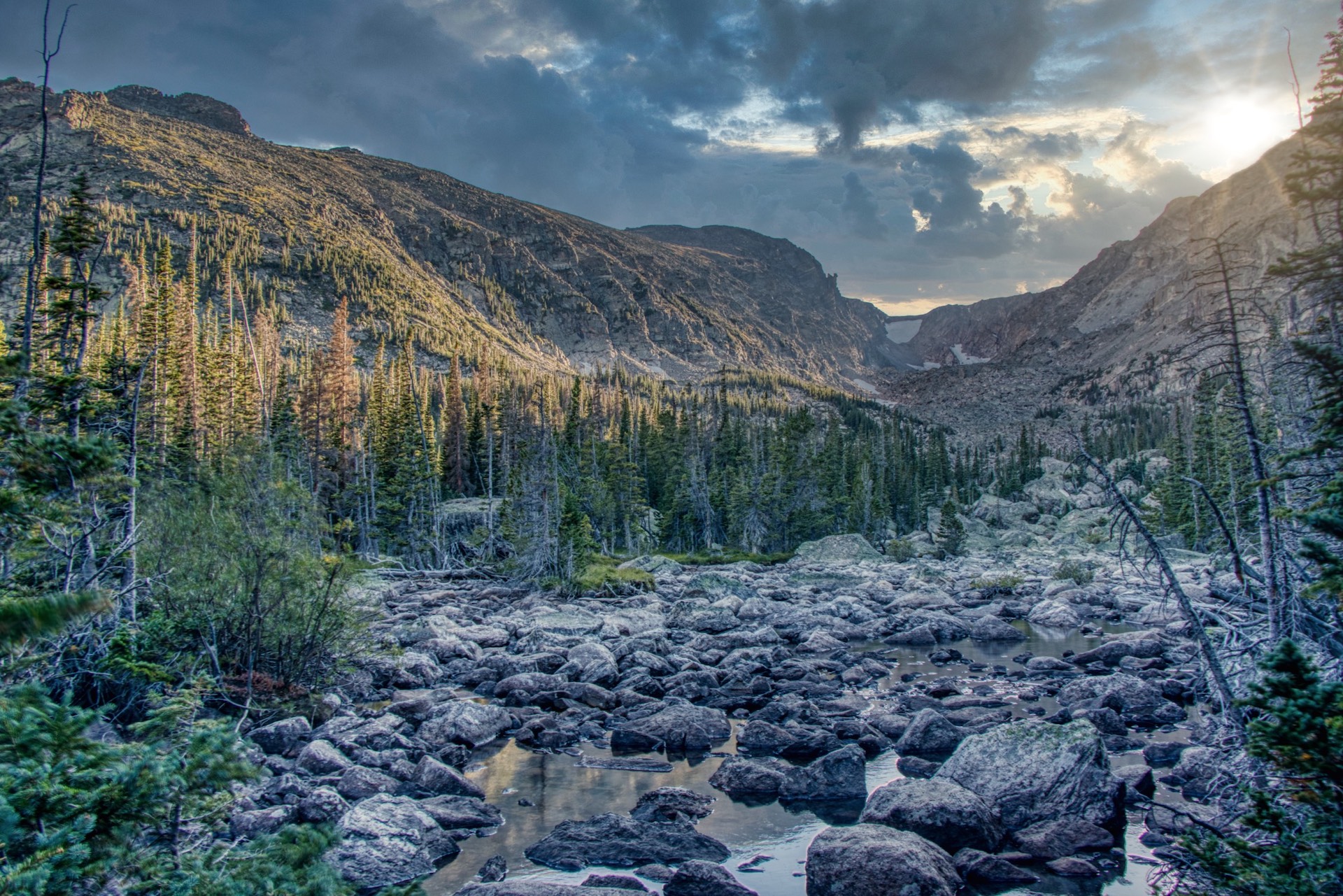I am guilty of taking more than my fair share of photos. I am guilty of training hard and working hard to try to achieve maximum impact with the photos I take, whether they be portraits or landscapes. Here are some examples of my portraits (you might notice my self-portrait among them):
Here are two of my landscapes from recent years (Rocky Mountain National Park and the Blue Mosque (taken from Hagia Sofia, in Istanbul, Turkey):
As I already mentioned, I’m driven to create photos that have maximum impact, whether it be portraits, landscapes or (beginning this year) my abstract digitized acrylic paintings that I about to begin marketing under the name of Digicrylics. I have been working hard to become the photographer I am, until I was stopped in my tracks–for a few minutes–by Maria Popova’s article, “Aesthetic Consumerism and the Violence of Photography: What Susan Sontag Teaches Us about Visual Culture and the Social Web.” Here is an excerpt from Popova’s article, which comments extensively on Susan Sontag’s 1977 book, On Photography:
The aggression Sontag sees in this purposeful manipulation of reality through the idealized photographic image applies even more poignantly to the aggressive self-framing we practice as we portray ourselves pictorially on Facebook, Instagram, and the like:
Images which idealize (like most fashion and animal photography) are no less aggressive than work which makes a virtue of plainness (like class pictures, still lifes of the bleaker sort, and mug shots). There is an aggression implicit in every use of the camera.
Online, thirty-some years after Sontag’s observation, this aggression precipitates a kind of social media violence of self-assertion — a forcible framing of our identity for presentation, for idealization, for currency in an economy of envy.
Even in the 1970s, Sontag was able to see where visual culture was headed, noting that photography had already become “almost as widely practiced an amusement as sex and dancing” and had taken on the qualities of a mass art form, meaning most who practice it don’t practice it as an art. Rather, Sontag presages, the photograph became a utility in our cultural power-dynamics:
It is mainly a social rite, a defense against anxiety, and a tool of power.
She goes even further in asserting photography’s inherent violence:
Like a car, a camera is sold as a predatory weapon — one that’s as automated as possible, ready to spring. Popular taste expects an easy, an invisible technology. Manufacturers reassure their customers that taking pictures demands no skill or expert knowledge, that the machine is all-knowing, and responds to the slightest pressure of the will. It’s as simple as turning the ignition key or pulling the trigger. Like guns and cars, cameras are fantasy-machines whose use is addictive.
Popova’s article challenges me. What is my purpose when work hard to take high impact photos? I’d like to think that I am merely creating works of art, but is it that simple? I know deep down that I’m doing some expensive signaling, working for a “wow” out of people who view my photos. Can I any longer claim that my obsession with photography is innocent?





It looks like you’re on the way toward a professional level of expression, and I would not overthink how you approach your art/craft in a technical sense. You’re also working toward discovering your unique “voice,” that is, your artistic fingerprint. By that I mean that with a developed voice, people can look at one of your photos and say Oh yes, Vieth did that one.
As far as your purpose for doing photography, I’m not sure Sontag’s focus on aggression is helpful here. I disagree with her in that I do not think photography is necessarily aggressive, except for the paparazzi type. Yes, there is an element of “hunting” for images, but hunting need not be aggressive (think of bird-watching). And yes, using it as a self-branding tool is a bit aggressive, although it’s mostly aggressive against one’s own core self. But I agree with her that there is too much “idealization” in photography; however, that’s not inevitably aggressive — it’s simply fake.
What is your goal? Is it to present the world in a “gussied-up form,” as so many people are doing now? Or do you want to explore the world as it truly appears to you, as it is, not as some idea of how it should be? Often idealized versions of the world aren’t really ours — they are imposed by the culture, they are not original, and they offer the viewer nothing new. Although, many viewers don’t want something new. They like to see what they expect.
If you choose the path of trying to present things as they are (to your perceptions), you will be engaging in art as exploration, which cannot fail to have an affect on your emotional, cognitive, and spiritual levels (yes, even atheists/agnostics have that level). You will be on a journey that happens both within and without.
If you choose the path of presenting the idealized view, which can easily degenerate into a show of “slick surfaces” (so be careful with that), you will continue to develop technically, and also have some fun and engaging aesthetic experiences, but you’ll be scratching the surface of what art-making can bring to you as a person. And that’s fine. There is no value judgement either way. But be forewarned, the slick surfaces path will probaby be more lucrative. The other path may not bring you accolades, but it may bring you riches of a different sort.
Ruth: Thank you for your insights. It sounds like you have personally explored some of these spaces. I really appreciate the time you spent to draft this thoughtful response. But could you tell me more about what you mean when you use the term “slick surfaces”?
This is hard to explain but I’ll try. . .what I mean is that the image is attractive (eye-candyish, maybe) and sophisticated, but doesn’t bring the viewer very far inside of what is being pictured. I think of under-the-surface photography as helping the viewer to share the “beingness” of whatever is imaged. In portraiture, it would have to do with getting a view of a person’s inner life or soul. In landscape, it would capture the essential “energy” of that place, as opposed to a stock photo that simplies records the incidentals of that place. Still life photography can also do this — Andre Kertesz was a master at it.
This all may sound vague. Like pornography (as characterized by Justice Potter Stewart) you sort of just know it when you see it. I had a drawing teacher years ago at university who said what you’re looking for is a “felt image.” That is, something in the image catalyzes a shift in the viewer, a new way of seeing and experiencing.
“The Family of Man” exhibit was a good example of photography that dives below the surface (see https://en.wikipedia.org/wiki/The_Family_of_Man). I had a book with the exhibit photographs when I was younger — you can get a used copy on Amazon for a couple of bucks if you’re interested. Many of them are extremely moving (they are felt images!).
By the way, I’m not a photographer. My husband takes photos, and he likes the journal LensWork (https://www.lenswork.com/). I think a lot of the work it features relies too much on “trickery,” and keeps to the surface (slickly), but I concede it’s really interesting. My husband and I thus disagree on what constitutes a “felt image” that brings the viewer in. Which is to say I could be wrong about this, or, my viewpoint could be right for some people and wrong for others. I’d better stop here before I get totally confusing!
My wife takes photos all the time, except when she’s sleeping. I take several photos each day, and my Iphone sorts them into categories and folders. How it does that, I do not understand. I have the world’s largest collection of photos of the inside of pockets.
I enjoy your photography, although I have no visual skills. You frame things in ways that never occur to me. Although, come to think of it, so does your writing. I wonder if your music does the same?